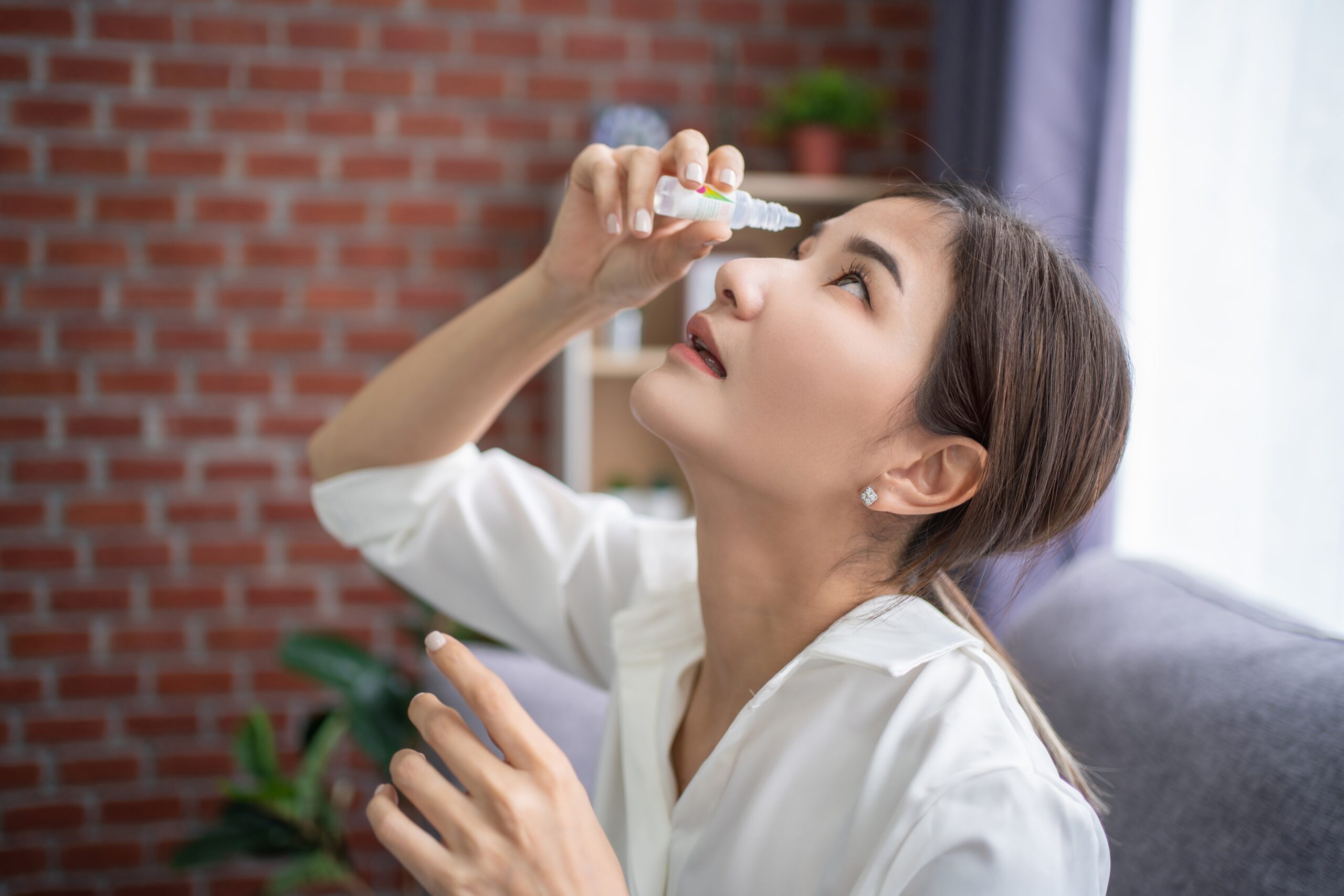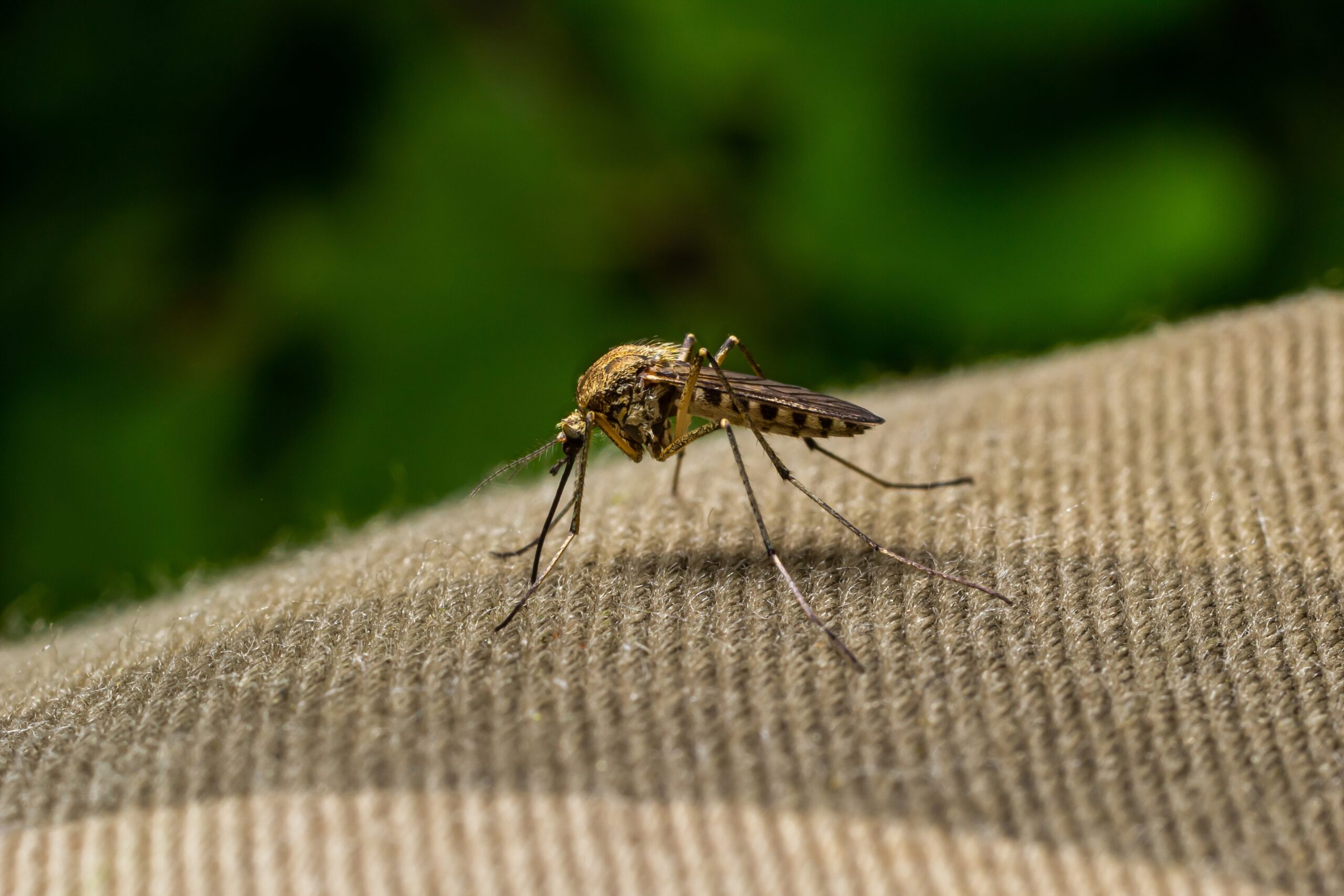Demodex mites—those tiny, creepy critters living right on your eyelids—could be the overlooked reason your eyes are burning, itching, and watering, and the latest research is finally exposing how distressing and widespread this hidden plague has become.
At a Glance
- Dry eye disease now affects up to 20 million diagnosed Americans, with tens of millions more likely undiagnosed.
- Overgrowth of Demodex mites on the eyelids is a newly recognized, treatable cause of chronic dry eye and irritation.
- FDA recently approved Xdemvy, an eye drop specifically targeting Demodex mites, offering hope for sufferers.
- Screen time, aging, and modern lifestyles are fueling both dry eye and Demodex infestations—while the eye care industry cashes in.
Microscopic Invaders: The Demodex Mite Epidemic and Its Dry Eye Fallout
Every day, millions of Americans rub their tired, gritty eyes, blaming allergies, old age, or too many hours on the computer. But the real culprit might be more disturbing: Demodex mites. These microscopic squatters invade your eyelids, feasting on skin oils and causing relentless irritation. For years, dry eye was shrugged off as an unavoidable part of life or blamed on everything but these invisible pests. Now, research shows Demodex overgrowth is a major, previously ignored cause of chronic dry eye and stubborn eyelid inflammation. No one wants to imagine a bug infestation on their own face, but that’s the reality for a huge chunk of the population.
Americans spend billions on eye drops, wipes, and prescription treatments, desperate for relief from burning, watery eyes and blurred vision. Yet, until recently, Demodex mites barely registered on the radar of most eye doctors, much less the public. With up to 49 million Americans potentially affected and most of them undiagnosed, it’s a wonder anyone can see straight. The notion that something so small could wreak so much havoc—while the mainstream medical establishment was busy pushing generic “artificial tears” by the gallon—would be funny if it weren’t so downright unsettling.
Congressional Briefing on Dry Eye Disease: Millions suffer from relentless burning, gritty discomfort, and blurred vision. Treatments are frequently not covered by insurance.
This isn’t just inconvenience. It’s chronic pain. And for many, the cost only adds to the burden. pic.twitter.com/MwY6HlM7MC
— National Alliance for Eye & Vision Research/NAEVR (@NAEVRAdvocacy) July 11, 2025
A Market Grows on Your Misery: Industry Scrambles for the Demodex Dollar
Once Demodex mites finally got their fifteen minutes of fame, the dry eye treatment market exploded. Big Pharma and device makers are cashing in, with the U.S. dry eye market projected to hit $3.47 billion by 2030. The FDA’s recent approval of Xdemvy, a prescription eye drop that actually targets Demodex mites, is being heralded as a game changer. But don’t expect a magic bullet. Six weeks of twice-daily drops is the norm, with a strict daily eyelid hygiene routine now recommended for anyone hoping to keep the bugs at bay. Industry giants like Bausch + Lomb are flooding the airwaves with educational campaigns and new product lines, all promising to “empower” sufferers—while collecting a hefty profit for every bottle, wipe, and cleanser sold. Welcome to the era of monetized misery, where your discomfort is someone else’s quarterly bonus.
Even as new treatments roll out, the core problem persists: underdiagnosis and a lack of awareness. Most patients shuffle from one doctor to the next, getting prescriptions for more lubricating drops, while the real cause—mite overgrowth—goes untreated. The push for routine Demodex screening and targeted therapies is gaining traction, but insurance coverage and cost-effectiveness debates are already raging. Because in America, nothing says “healthcare innovation” like making people pay extra to remove bugs the size of a dust speck from their eyelids.
Watch a report: What Causes Dry Eyes?
The Human Toll: Sufferers, Experts, and the Search for Relief
Behind every dry eye diagnosis is a real person enduring constant discomfort, lost productivity, and frustration that their symptoms won’t go away. Older adults, women, and anyone glued to a digital screen are especially at risk. Experts like Dr. Ashley Brissette are finally sounding the alarm, urging eye doctors to screen for Demodex overgrowth in every chronic dry eye or blepharitis case. The message is simple: if you want to stop the suffering, you have to actually fix the root cause. That means daily eyelid cleaning and, for the unlucky, a prescription that’s more expensive than gold-plated tears. The eye care industry is quick to tout the benefits of their latest innovations, but the fact remains: this crisis was hiding in plain sight for decades because no one bothered to look closely enough.
For millions, the relief is overdue. The hidden cost of this epidemic is measured not just in dollars, but in lost days, missed moments, and the constant, nagging feeling that something is wrong. As more people demand answers and doctors finally connect the dots, there’s hope that the days of invisible invaders tormenting America’s eyes may finally be numbered—if you can afford the cure, that is.








